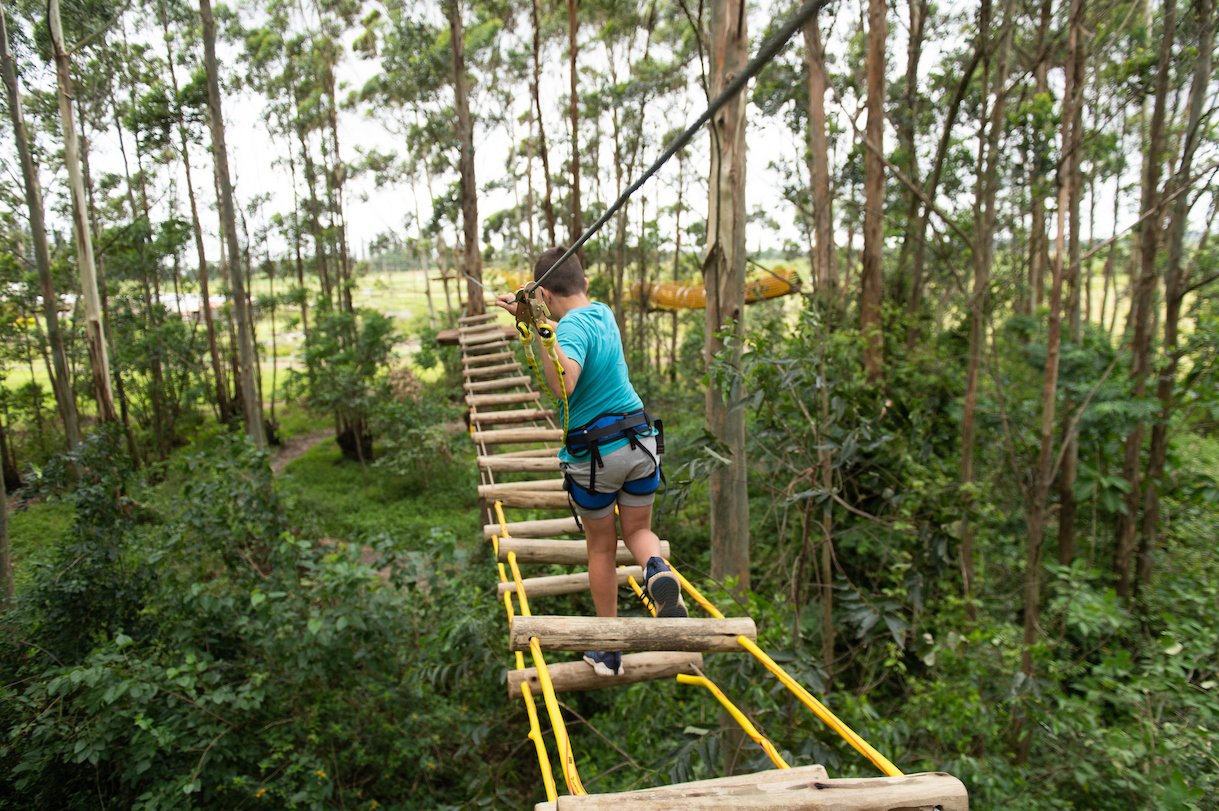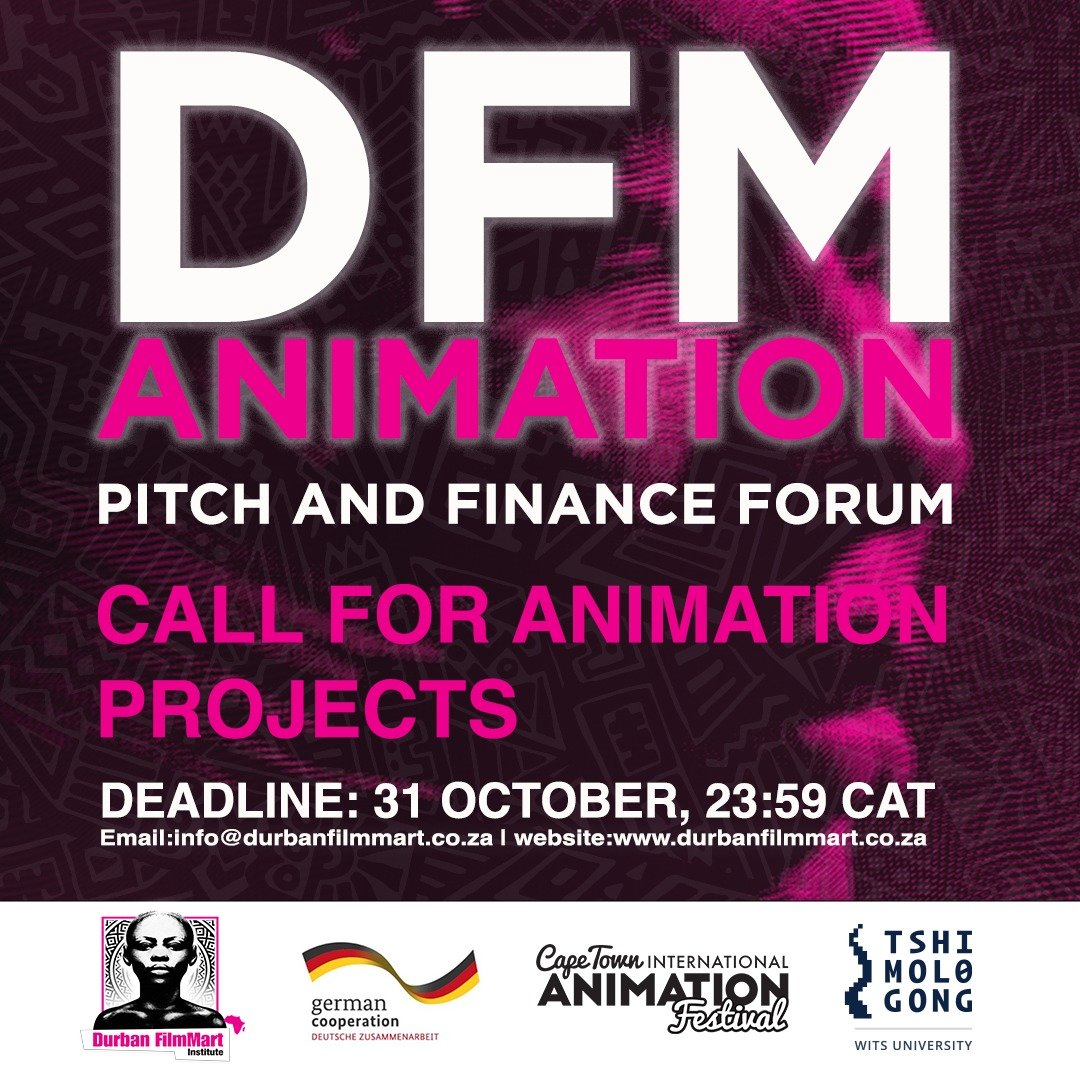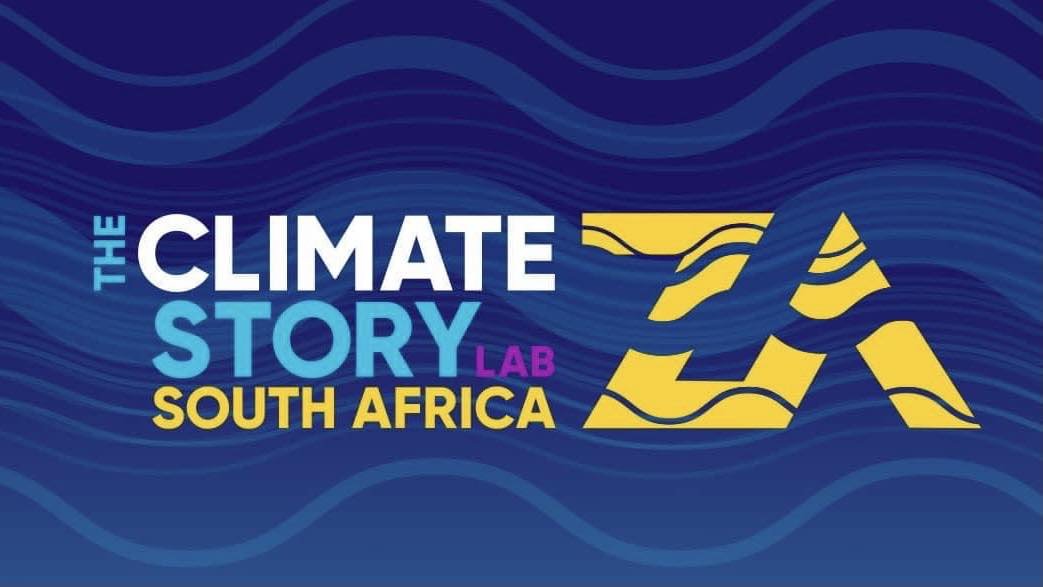The Green Corridors’ KwaMashu Materials Beneficiation Centre has launched its Green Concrete Pavers along with a Crowd-Funding Campaign to install the pavers in KwaMashu and Inanda schools.
Sample of the pavers produced by Green Corridors at its KwaMashu Materials Beneficiation Centre.
200 crowd-funded pavers have already been installed at Isithumba Creche (Istihumba in the Valley of 1000 Hills). A further 200 pavers sponsored by Barlow World (Nike) using Nike shoe waste are currently being manufactured for installation at Shayamoya Primary School in KwaMashu, where two 16m paved walkways are to be built between the two main school buildings, (when it rains this area is muddy and wet and not conducive for efficient movement around the school with time constraints between lessons.)
Some of the pavers installed at Isithumba Creche in Isithumba in the Valley of 1000 Hills . Looking on are Green Corridors staff Jabulani Khanyile. Mfanawethu Makoba and Siphiwe Mthembu.
Green Corridors, the Durban NPO that rehabilitates and cares for green spaces in the City, is mainly funded by eThekwini’s Economic Development Unit. Its KwaMashu Materials Beneficiation Centre is essentially and research and development facility that looks at how waste products can be reused, or re-purposed as part of its bigger vision of growing a “circular economy”.
After many hours of Research, development, and testing, the KMBC is producing a green concrete paver made from 86% waste materials. These pavers are now ready to be installed in schools in the area, and Green Corridors has begun a crowd-funding campaign to help get them into the schools.
The waste used in the pavers includes community-purchased waste glass and non-recyclable toy waste, shoe waste, alien invasive plants, street-swept sand, and recycled concrete. The waste comes from non-recyclable plastics from curbside collections, (orange bags) donated sources as well as what is removed by Green Corridors’ from litterbooms, beach clean-ups, and riverine sweeps for alien invasive plants. Pavers are sealed with a hard-wearing UV stable coating to ensure no microplastics are released into the environment.
“A large focus of ours is on developing low tech, highly replicable, small-business models,” explains Jonathan Welch, Technical Expert at KMBC. “The fact that our products are made by previously unemployed and unskilled members of our local community is a testament to the City’s EDU’s vision that the green economy is an ideal way to both clean up the environment as well as create sustainable jobs.”
Brightly coloured plastics are used in the tops of the pavers for schools as a means to draw attention to the paver and stimulate conversations about its being made from 86% waste.
“We hope this in turn raises awareness of the importance to manage our waste responsibly.”
“Green Corridors is busy proving the viability of a model where multiple production facilities will be set up to produce high strength and aesthetically pleasing pavers and creating 4-6 direct and multiple indirect jobs in the process,” says Welch. “With each facility producing between 100 and 200 pavers a day, we expect there to be substantial demand for problematic waste materials currently entering the environment, thereby stimulating the collection of these materials rather than ending up in and damaging the environment.”
Green Corridors plans to build these facilities by both creating a demand for the above unique pavers at schools and facilitating the funding thereof through crowdfunding, corporate CSR projects, and donating one paver to a school for every 10 sold to the public.
“We hope to raise funds for several KwaMashu Schools in our catchment area in need of paving for children to get around the school safely and comfortably whilst being stimulated and learning about some of the challenges and opportunities presented by waste and particularly plastic in our environment,” explains Welch.
The next school in the area earmarked for the pavers is Zamokuhle School in KwaMashu.
To support this project and help towards pavers for schools contact the Green Corridors at KMBC-info@durbangreencorridor.co.za or donate here https://www.backabuddy.co.za/donate/champion/green-concrete-pavers-for-schools
-ends















































